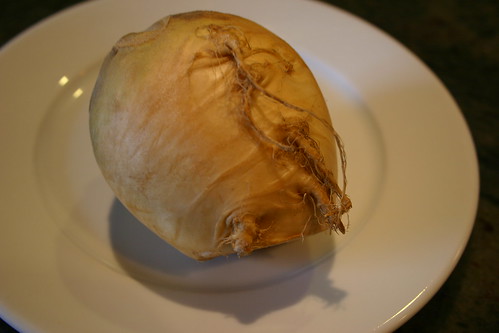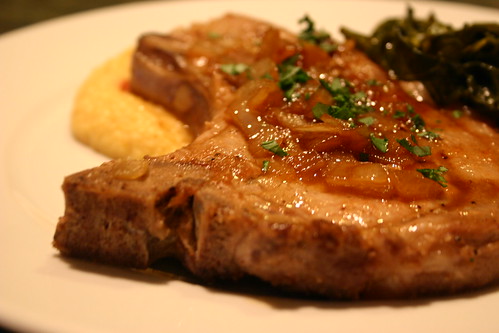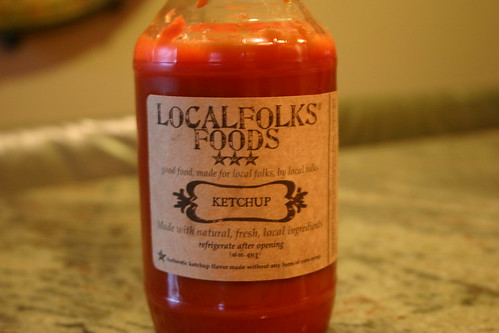
Root vegetables are some of the most maligned of ingredients known to humankind. And the most reviled of the maligned? The turnip. For centuries, spurned by the well-to-do, the bitter, round, hard root was the staple of many a poor European family. That sulfurous stink probably arouses a certain revulsion and shame in many of my generation and the one preceding it.
The turnip’s biggest problem is being in the wrong place at the wrong time. Alas, like Cinderella’s ugliest of step-sisters, the turnip is the last to be chosen. Because the turnip keeps well, we often turn to it only when the growing season is over. Unfortunately, by this time, it’s past its prime. Precisely at the moment we are enjoying the delicacies of Spring or finishing up the last of Autumn’s offerings is when we should try the turnip. The gentle temperatures of Spring and Autumn produces one that's sweet and tender far from the hardened Winter variety.
The turnip’s best chance to change its image is by association with its cousin the rutabaga. Unlike the turnip, the rutabaga, is at its best in early Winter after a period of cold weather has revealed its true sweetness. The rutabaga, or yellow turnip, is a cross between a cabbage and the homely turnip. It can range in size between that of a golf ball and a soft ball and is yellowish in hue shading into fuschia at the root end. While it does have the characteristically turnip-y aroma, it’s balanced by an earthy sweetness. One can only hope that more people will try the rutabaga for the Winter months leaving the turnip alone until its time to shine. Here's a recipe that should engender some love and respect for the rutabaga. Easier than cooking and mashing potatoes, this puree is sweet, mellow and earthy – a perfect counterpoint to pork or roast chicken.

Rutabaga Puree with Crème Fraiche & Horseradish
Serves 2
INGREDIENTS:
3 small rutabagas
1/3 cup crème fraiche
1 teaspoon drained, prepared horseradish
½ teaspoon sea salt
METHOD: Peel and quarter the rutabagas. Place them in a medium saucepan and cover with cold water. Toss in a firm pinch of kosher salt. Bring to a boil and simmer until tender when pierced with a knife, approximately 20 minutes. Remove the rutabagas from the water to the bowl of a food processor. Puree until smooth. Add crème fraiche, horseradish and salt.






